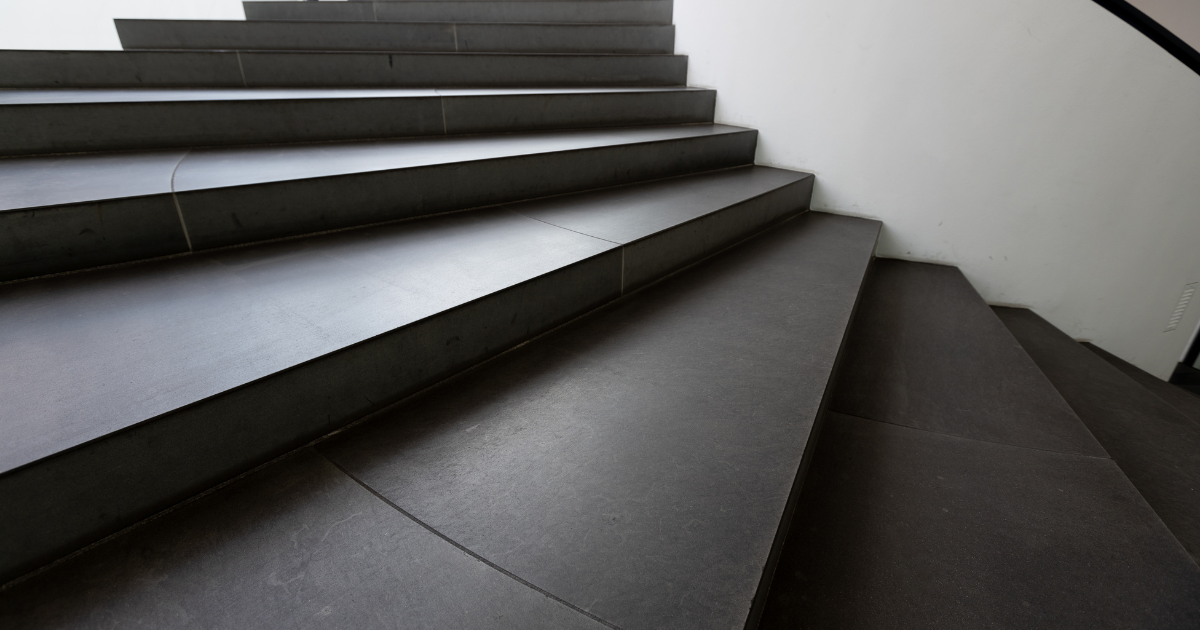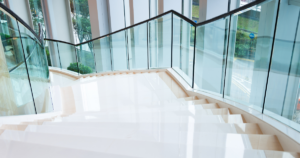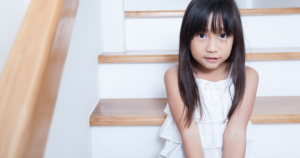Physical Address
304 North Cardinal St.
Dorchester Center, MA 02124
Physical Address
304 North Cardinal St.
Dorchester Center, MA 02124

A crucial component of designing homes and public spaces is stair safety, which is frequently disregarded until an accident happens. It is crucial to put safety first because trips, slips, and falls on stairs can result in serious injuries. Ten essential stair safety tips will be covered in this guide, along with detailed explanations and examples from real-world situations to highlight each one’s importance.
1. Keep Stairs Clear

Maintain Clear Stairs Make sure there are no obstructions, mess, or debris on the staircase. Toys, shoes, and other objects that could cause a trip are all included in this. Users have a safe path and a lower chance of accidents when there is a clear staircase.
Example: Make sure there are no toys, shoes, or bags on the staircase. A child’s toy left on a step, for example, could cause someone using the stairs to trip and fall.
2. Make Use of Proper Lighting
Good lighting is essential for seeing on stairs. To light up the entire staircase, install bright lights at regular intervals. This makes it easier for users to see each step, which lowers the risk of falls or missteps, especially in poorly lit areas.
For instance, add brilliant LED lighting to the stairwell. Without enough lighting, particularly in the evening or early morning, a person may not notice a step, which could result in a misstep and a possible fall.
3. Put in Handrails
When descending or climbing stairs, sturdy handrails provide essential stability and support. Ensure that handrails are at a user-friendly height and are firmly fixed to the wall. A dependable point of contact for preserving balance is offered by handrails.
Example: Installing a sturdy handrail is a good idea if your staircase isn’t equipped with one. A safe handrail would prevent accidents, for example, if an elderly family member relies on it for balance.
4. Safe Carpets and Rugs
Make sure all carpets and rugs on your staircase are firmly attached. Hazards for tripping may result from frayed or loose edges. To reduce the chance of slipping, use adhesives or non-slip backing to keep them in place.
For instance, use carpet tape to secure the edges of any runner carpet you may have on the stairs. Someone could easily trip over a loose carpet, particularly if their foot catches on an elevated corner.
5. Put on Appropriate Footwear
When using stairs, wear shoes with non-slip soles. High-heeled shoes should be avoided as they can be unsteady on stairs. A worn-out sole decreases traction, which raises the possibility of slipping. Select footwear that offers both stability and traction.
Example: Rather than walking in socks, opt for sneakers with a non-slip sole. On hardwood stairs, socks make you more likely to slip; non-slip shoes offer superior traction.
6. Pay Attention to Your Step
When using the stairs, exercise caution. Steer clear of distractions like texting or toting heavy objects that block your field of vision. Being aware of your surroundings lessens the chance that you will trip or lose your balance.
Example: When using the stairs, refrain from distractions like texting. For example, if you glance at your phone while walking, you run the risk of making a mistake and falling.
7. One Step at a Time, Please
Take your time and carefully ascend or descend the stairs. Rushing makes it more likely that you will lose your balance and fall. Better control and stability can be achieved by taking one step at a time, particularly on steep or uneven staircases.
Example: Carefully ascend or descend the stairs, paying attention to each step. Falling is more likely when someone is rushing down the stairs, especially in a hurry.
8. Children Should Learn About Stair Safety

Teach kids the value of using handrails, going one step at a time, and staying away from rough play on stairs. In particular, supervision is essential for younger children who might not fully understand the potential hazards associated with stairs.
As an illustration, teach kids to play nicely on the stairs and to hang onto the handrail. For instance, mention how playing or running on the stairs can cause mishaps.
9. Regular Maintenance
Check stairs frequently for damage, wear, and loose parts. Look for indications of material deterioration or structural problems. To guarantee the staircase’s continued integrity and safety, any issues should be resolved right away.
Example: Frequently inspect steps and railings for damage or looseness. Tightening a loose railing as soon as you see it reduces the chance of a collapse and possible injuries.
10. Install Anti-Slip Treads
If your stairs are constructed of materials that can easily become slippery, you may want to think about installing anti-slip treads. These treads add another degree of traction, which lowers the possibility of slipping, especially in places where there may be moisture.
Example: If your stairs are tile or wood, install anti-slip treads using adhesive. More traction from these treads lowers the possibility of slipping, particularly in damp areas.
Making stair safety a top priority is essential to establishing a safe space. You can improve the safety of your stairs and help avoid trips, falls, and slips by putting these ten essential stair safety tips into practice. Recall that everyone who uses the stairs can benefit from a proactive approach to stair safety, which can prevent accidents and enhance their well-being. To guarantee a safer living or working environment, practice good safety practices, maintain stairs well, and remain watchful.
References